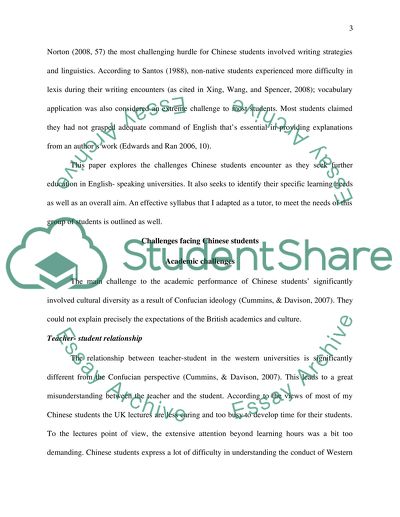Cite this document
(“The adaptation of EAP essay writing materials for a group of Chinese”, n.d.)
Retrieved from https://studentshare.org/education/1479887-the-adaptation-of-eap-essay-writing-materials-for
Retrieved from https://studentshare.org/education/1479887-the-adaptation-of-eap-essay-writing-materials-for
(The Adaptation of EAP Essay Writing Materials for a Group of Chinese)
https://studentshare.org/education/1479887-the-adaptation-of-eap-essay-writing-materials-for.
https://studentshare.org/education/1479887-the-adaptation-of-eap-essay-writing-materials-for.
“The Adaptation of EAP Essay Writing Materials for a Group of Chinese”, n.d. https://studentshare.org/education/1479887-the-adaptation-of-eap-essay-writing-materials-for.


